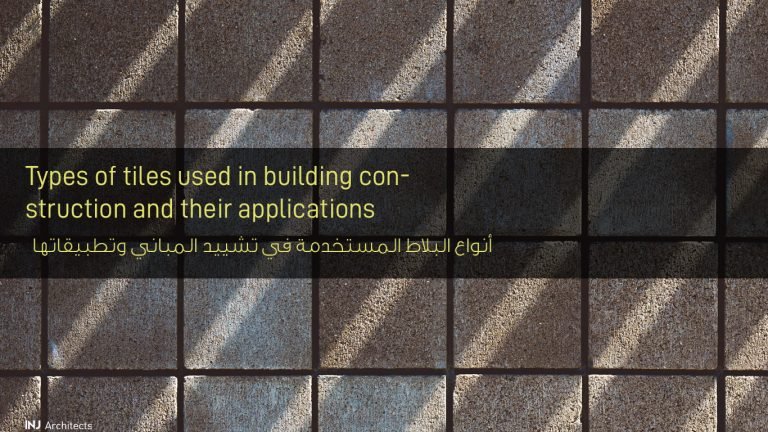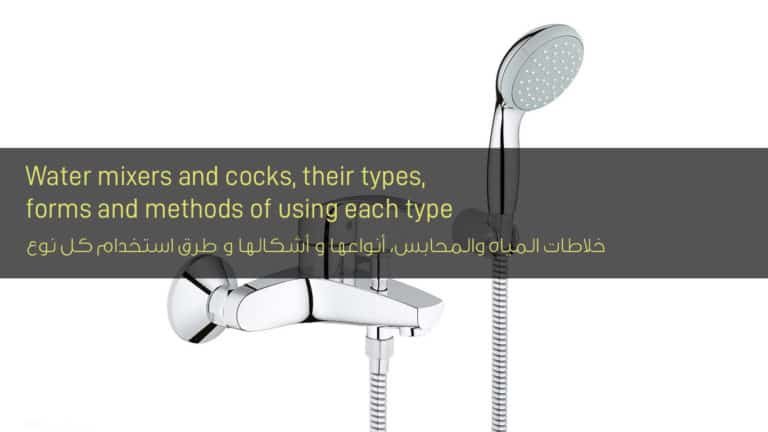Jeddah tourist city coast
Jeddah tourist city coast
Jeddah is the tourist city of the coast and the economic capital of the Kingdom of Saudi Arabia, and its second largest city, perhaps its foundation dates back to about 3000 years. Throughout it was the main sea portal for the Hijaz region, which is an important political and diplomatic center, filled with the movement of life and abounds in business of all kinds and many cultural activities.
Jeddah, the coast city
Jeddah is located in the middle of the eastern coast of the Red Sea, west of the Kingdom of Saudi Arabia, and its urban area is about 1765 square kilometers. Its geographical area extends more than 70 km from north to south, and 50 km from the sea in the east. It is the largest city in the western region, which extends along the coast at a distance of 1100 km and is bounded to the east by the majestic Hijaz mountain range.
Researchers wrote in the history of the architectural city of Jeddah that the first wall built in Jeddah was built by a descendent of the Emperor of Persia “Anushroan Yazdjar” called Fayrouz bin Yazdjar, and his width was ten newsmen with four gates around it and a trench filled with water.
And Islamic history attests it during the reign of Caliph Othman bin Affan, may God be pleased with him, in the year 25 AH, to be the main port of Mecca, and accordingly it is the official marine portal of the Hejaz, the cradle of the Two Holy Mosques.

Jeddah during most periods of Islamic history was subject to the rule of successive Islamic countries starting from the Umayyads and Abbasids, and in the middle of the fourth century AH (tenth century AD) it came under the authority of the Hashemites in the Hijaz who were loyal to any major country that was able to control Hijaz, especially the Fatimid and Ayyubid states then Mamluk state in Egypt
In the Mamluk era, he was appointed governor-general of Jeddah who was called “the deputy of Jeddah”, so his residence overlooked the port to supervise his human and commercial movement, and he was responsible for securing trade, pilgrimage, and protection of the two sanctuaries.
In 1925, King Abdul Aziz Al Saud took control of Jeddah after the relapse of the Portuguese, Dutch and English control over maritime trade routes in the world, and it became the second in the country in terms of political importance, as it became a permanent headquarters for many diplomatic bodies (consulates) and international and regional organizations and international financial institutions .
Imran Jeddah is characterized by what is called Al-Rawashin .. It is a Persian word that means Rosen, meaning the window or balcony, and it is an architectural style for Jeddah which is attested to by its fusion of Arab, Ottoman and Persian cultures by virtue of the distinctive geographical location of Jeddah. External.
It is worth noting that many modern buildings absorbed the importance of highlighting the aesthetic element of the facades of their buildings, and insisted on attending Al-Rawashin to add more beauty that reflects the history of traditional Islamic architecture, where modern Roshan appears in abundance in modern hotels and government buildings, as you find from all directions a rich present. In its traditional color, it overlooks dozens of modern buildings.
Also, urban development has grown at a rapid pace due to the oil boom in the country, which has gained a lot of advanced infrastructure projects, including road networks, bridges, tunnels, and types of buildings and modern installations.
This urban growth is expected to be strengthened in light of the city’s 2008 municipality unveiling a plan to develop its commercial center, which includes the construction of tall buildings and towers on its promenade where the tallest tower in the world will be built.
Jeddah has many historical monuments, most of which are concentrated in the unique “old Jeddah” architectural style in the heart of the city, which contains approximately 500 archaeological sites. It was placed by the United Nations UNESCO in 2014 on the World Heritage List.
Among the most important of these monuments is the old city wall, which the Mamluks renewed during their rule of the city in 1506 AD, and it remained in place until it was removed in 1974 after the first signs of the oil boom.
This is in addition to the old Jeddah mosques, such as the Shafi’i Mosque in Haret Al Mazloum, which was built in the year 648 AH by the victorious king Suleiman bin Saad al-Din Shahanshah II, one of the Ayyubid kings of Yemen who was the Shafi’i school of thought. And near it the Mosque of Othman bin Affan, which was built between the ninth and tenth centuries AH.
Read also: Riyadh and urban development
Among its heritage features is the old Jeddah market, which is characterized by narrow winding alleys that are filled with small shops specialized in selling spices, incense, textiles, cosmetics, and household items, and in addition to markets for other commodities such as gold, perfumes, clothing, carpets and oriental gifts.
Among its modern features are the “Mercy Mosque”, which is the first mosque in the world to be built on the surface of the sea, and the “Jeddah Corniche” that extends for more than fifty kilometers and is considered an important respiratory lung for the city, and the promenade in it leads to an important cultural and historical heritage, including the “Sharbatly House Museum” Architectural masterpiece. In addition to the “King Fahd Fountain”, which is the highest fountain of its kind in the world, according to the Guinness Book.
Jeddah was also famous for hundreds of sculptures and artistic sculptures (from steel, bronze, granite and stone), which distinguished it from other Saudi cities, designed by international artists, most notably Juan Miro, Victor Vasarali and Henry Moore, and the city is unique in its own sculptures in addition to other sculptures that have similar copies in America and Europe.







